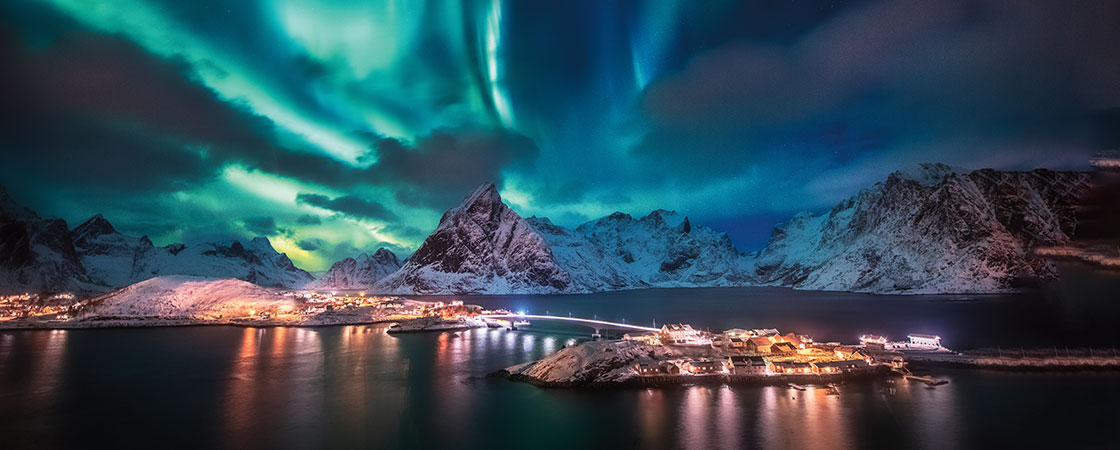Auroras are best seen on clear, moonless nights. Near the North Pole, they are known as the aurora borealis. They are also known as the northern lights. Near the South Pole, they are called the aurora australis. They are also known as the southern lights. Many people travel great distances for the opportunity to see them.
In Europe, tourism connected to the northern lights runs from late August through April. There can be more than 100 auroras during this period. Last year, Visit Arctic Europe decided to start naming the most vibrant auroras to make them easier to talk about. For example, on social media, when people share photos and videos of an aurora, they can include a hashtag with its name.
Visit Arctic Europe is also inviting the public to submit ideas for names. So far, the names chosen have been Nordic, to reflect the cultures of Finland, Norway, and Sweden, where Visit Arctic Europe is based. One recent storm, for example, was named Thor, after the Norse god. But there is no rule that you must suggest a name rooted in Nordic history or culture. You could propose any name you want. Mandalorian, anyone?

